













South Korea Travel Guide
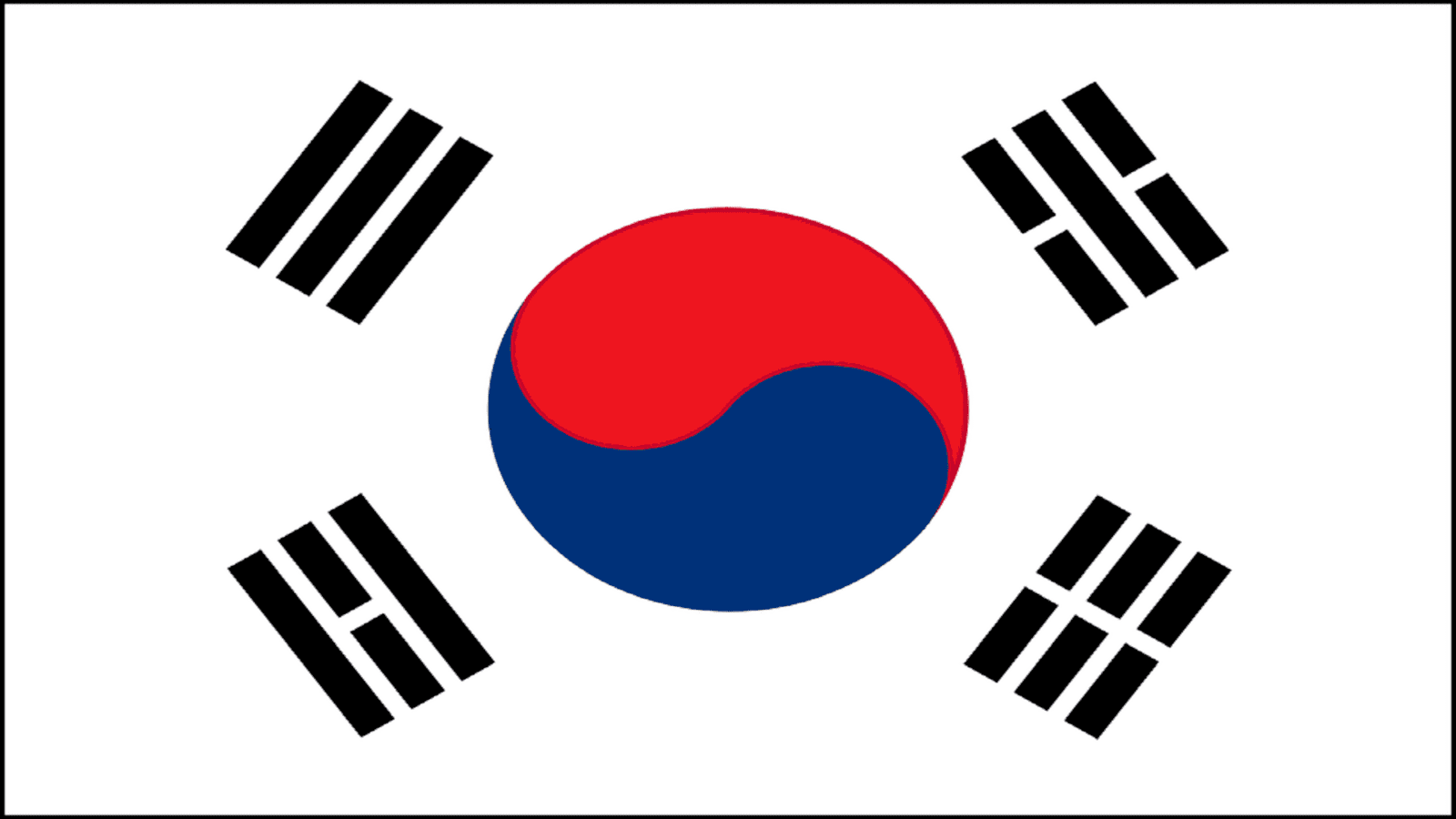
🗝️ Key Facts
🏛️Capital: Seoul
💶Currency: South Korean Won (₩)(KRW)
🕙Time Zone: +9 GMT
📞Phone Code: +82
🌐Language: Korean
✈️Best time to visit: Sept-Oct / Mar-Jun
🍴Eat: Kimchi / BBQ Beef
🍷Drink: Rice Beer
🗺️Don't miss: The N Seoul Tower, Jeju Island, Gwangalli Beach (Busan)
🗺 Menu of Contents:
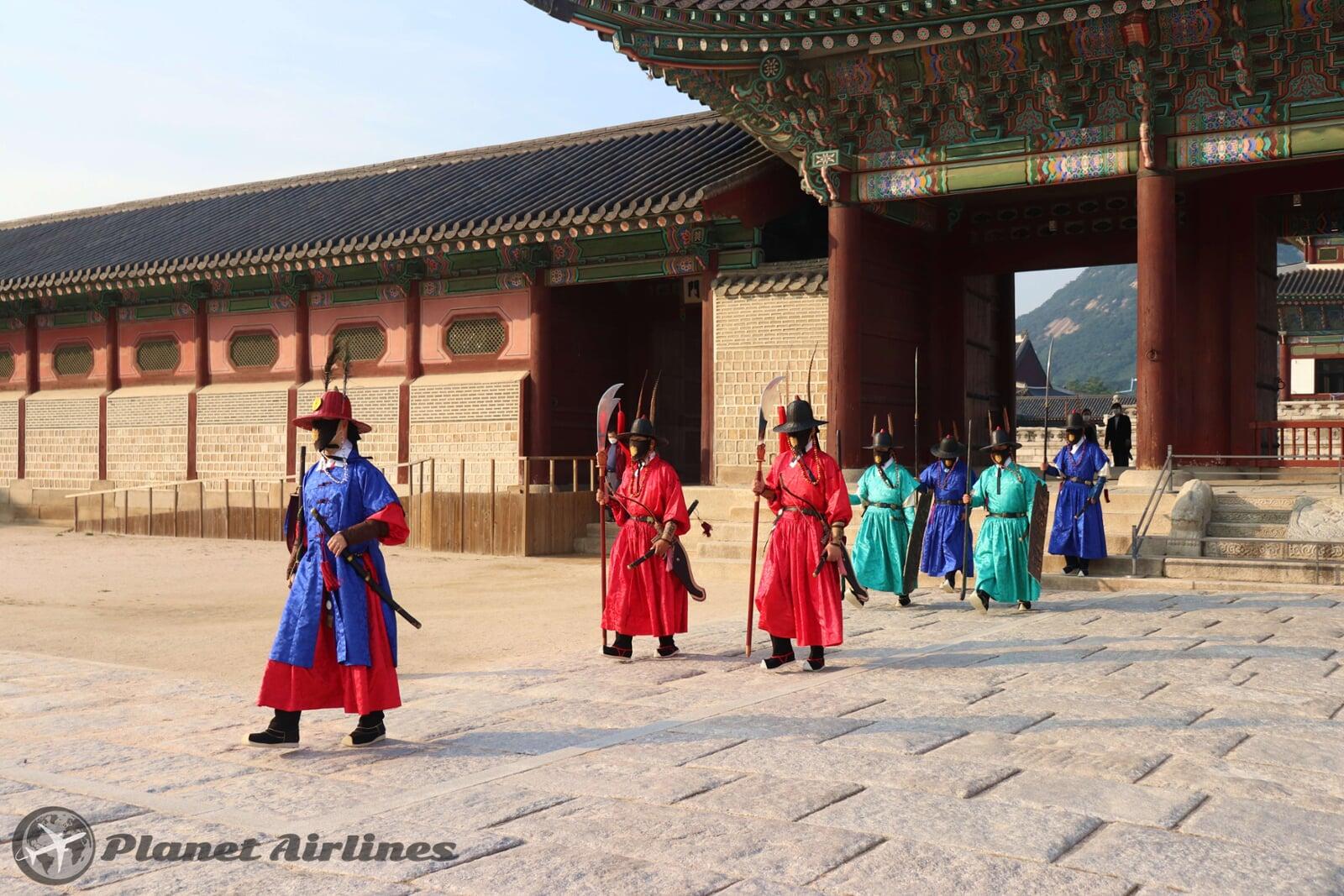
South Korea has been separated from North Korea by a demilitarised zone since 1953, flourishing to become a stable and mature democracy. It offers a great selection of attractions to the curious traveller, who is willing to discover the countries gems, like natural wonders, ancient history and modern mega-cities.
Ringed by mountains, the capital of Seoul is the largest and most frequented city. The world's tenth largest city, its ancient shrines nestle beneath soaring skyscrapers in an urban sprawl of vibrant nightlife, unforgettable dining, and unique attractions.
Another area rich in tourist attractions is the southeastern region, with its wealth of archaeological treasures. Gyeongju, ancient capital of the Silla Kingdom, is an open-air museum boasting tombs, temples, pagodas, and ruins dating from as early as 57 BC.
With its luxury hotels, the Bomun Lake Resort is a fine base from which to explore the area. New resort complexes are currently under construction to open up this fascinating area to even more tourist opportunities.
The least populated area of the country is Gangwon-do Province, on the eastern side of the peninsula. Here, remote forested mountains and valleys are studded with small towns. This area, which played host to the Asian Winter Games in 1999, is fast becoming one of the world's most sought after skiing destinations.
Those seeking a romantic getaway should head for South Korea's resort island, Jeju Island, known as 'Little Hawaii' because of its subtropical vegetation, volcanic landscape, sandy beaches, and sparkling waterfalls. The island is dominated by the towering Mount Halla volcano. The volcano was last active in 1007, so it is perfectly safe to visit.
South Korea is a well established nation with the rest of the world. However it's a very well developed country this means that it's expensive to get there at first. National Airline Korean Air and fellow competitor Asianna Airlines offer direct links to Europe and the USA. However fares are very expensive so it's worth checking well before travelling there and comparing other airlines. Making a transit stop on your way to Korea might prove the best option and the cheapest.
The main point of entry into the country is via its capital, Seoul, (ICN) if coming from Europe or America. However you will find that many airlines also operate into Seoul's second airport, Gimpo, (GMP). These airlines mainly being Asian or low cost airlines.
If travelling from Asia on tour you also can consider to arrive direct to Busan, the second largest city. It also has many international airlines flying there mainly from other Asian cities and prices can be more competitive than Seoul.
Once in the country, Korea has a major public transport infrastructure and there is no reason why to panic on how to use it as everything has translations into English.Trains, metro,busses and high speed rail (KTK) all are available and connect the cities with smaller towns. Internal transport is also cheap so no matter where you going there would be always a way to get there. People are friendly and most stations will have staff who can easily speak in English in case you need extra help.
If you are travelling within the country the best way to move around is via the national rail, managed by KORAIL ,including several destinations which are served with KTX (Korea Train Express). You need always reserve in advance on these trains either at the station or online. Visit KORAIL for more information.
❗Attention: If you are planning to access North Korea from the Republic of South Korea then you will find an unpleasant surprise as there is no access along the whole of the border. The only way in is by air from Beijing, China.



Located in the northern hemisphere, South Korea enjoys a variation of climates similar to those in Europe, however with added humidity in the Summer and freezing temperatures in the Winter. Summer's can be rather short and humid with a temperature of 32°C or more. Winter's are longer in the north of South Korea and the climate inland can be very cold, often down below 0°C easily, specially in Seoul and north of the country.
However, if you are visiting in Jeju Island or the South, Winters can be quite pleasant, rarely going below 0°C.
The best time to visit would be mid spring to autumn. (April to November), though take into account the summer months are more expensive and hotter temperatures are to be expected. From September to November it's also interesting to visit to see the Autumn Fall colour changes in parks and the countryside, with Koreans having plenty of trails to walk and natural beauty there is lots of opportunities for enjoying outdoors.
Korean cuisine is very flavoured, colourful and fermented foods are common. Rice is present at pretty much all meals, except for the odd occasion when noodles are on the table. A typical Korean meal consists of warm rice, soup, rice water and between eight and 20 side dishes of vegetables, fish, poultry, eggs, bean curd and sea plants. All dishes tend to be served together and are shared among the group.
The highlight dishes and specialities are: Bibimbap: A bowl of boiled rice mixed with vegetables, chilli peppers, meat and an egg. Kimchi: A beloved funky-flavoured side dish made from fermented Chinese cabbage, turnips, onions, salt, fish, chestnuts and red pepper. Bulgogi: Also known as Korean BBQ, Bulgogi is thin slices of marinated beef cooked on a table-top grill. Grilled Galbi: Beef short ribs marinated in ganjang (Korean soy sauce). Haemultang: A spicy stew made with red pepper paste and an assortment of seafood and vegetables. Chijimi: A savoury vegetable pancake. Tteokbokki: This spicy snack of sticky rice cakes in a chilli sauce is a popular Korean street food.
As for drinks, Korea’s best-selling spirit is soju, a clear liquor similar to, though milder than, vodka. Soju is frequently mixed with beer to create a drink known as somac. Hite: This mild-flavoured lager, along with beer brands Cass and OB, dominate the Korean market. Makgeolli: A low alcohol milky liquor made by fermenting steamed rice and water. Ginseng wine: A strong and sweet wine, similar to brandy, believed to have medicinal properties.
✔️Tip: Soju is South Korea's rice wine, traditionally served in small shot glasses and drank all at once with a shout of 'Gumbay!' (cheers). Although traditions often become blurred on the party scene, it is customary in South Korea for people to buy and pour each other's drinks rather than their own. If you don't want your drinks refilled, you should leave a bit of liquid in them.

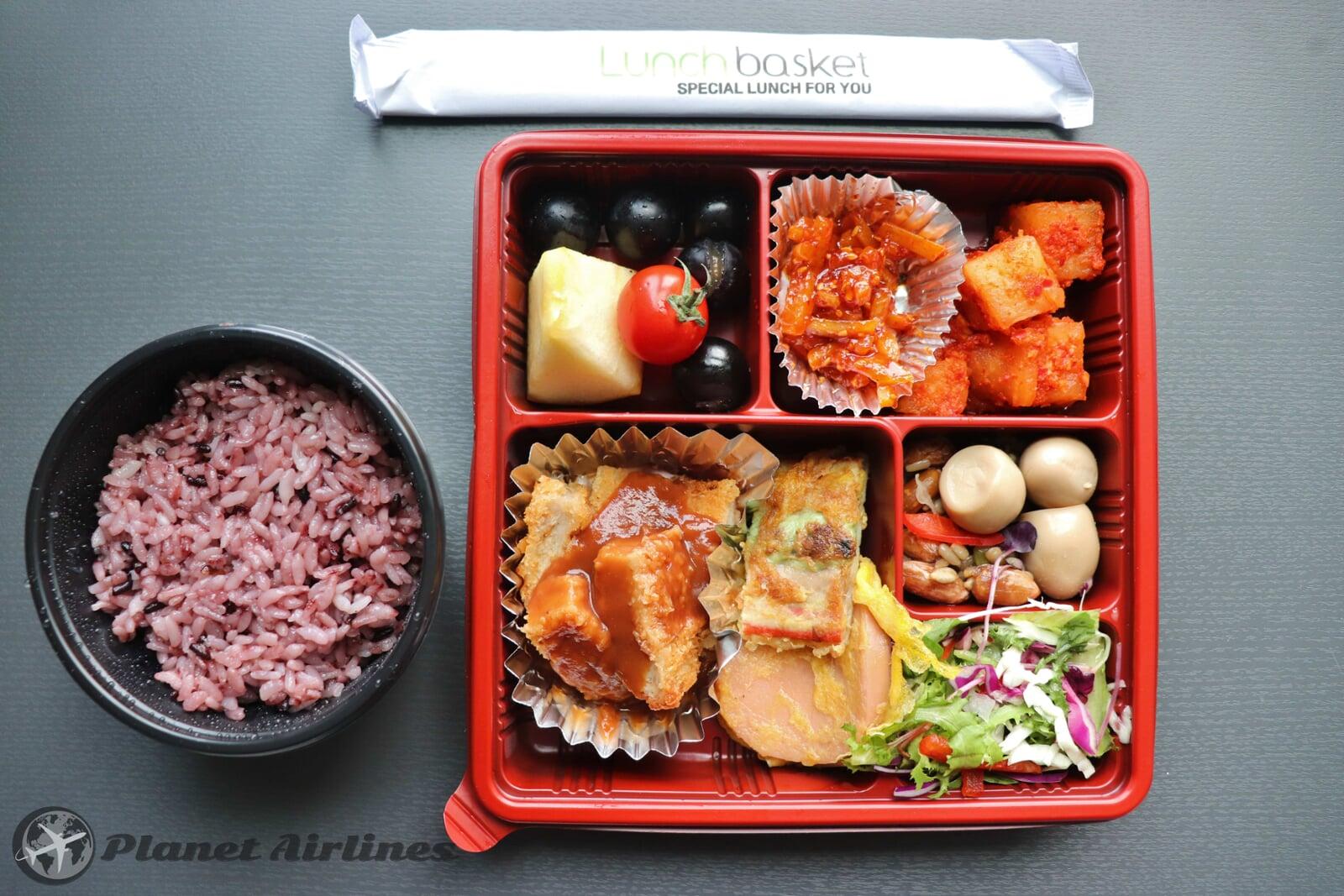
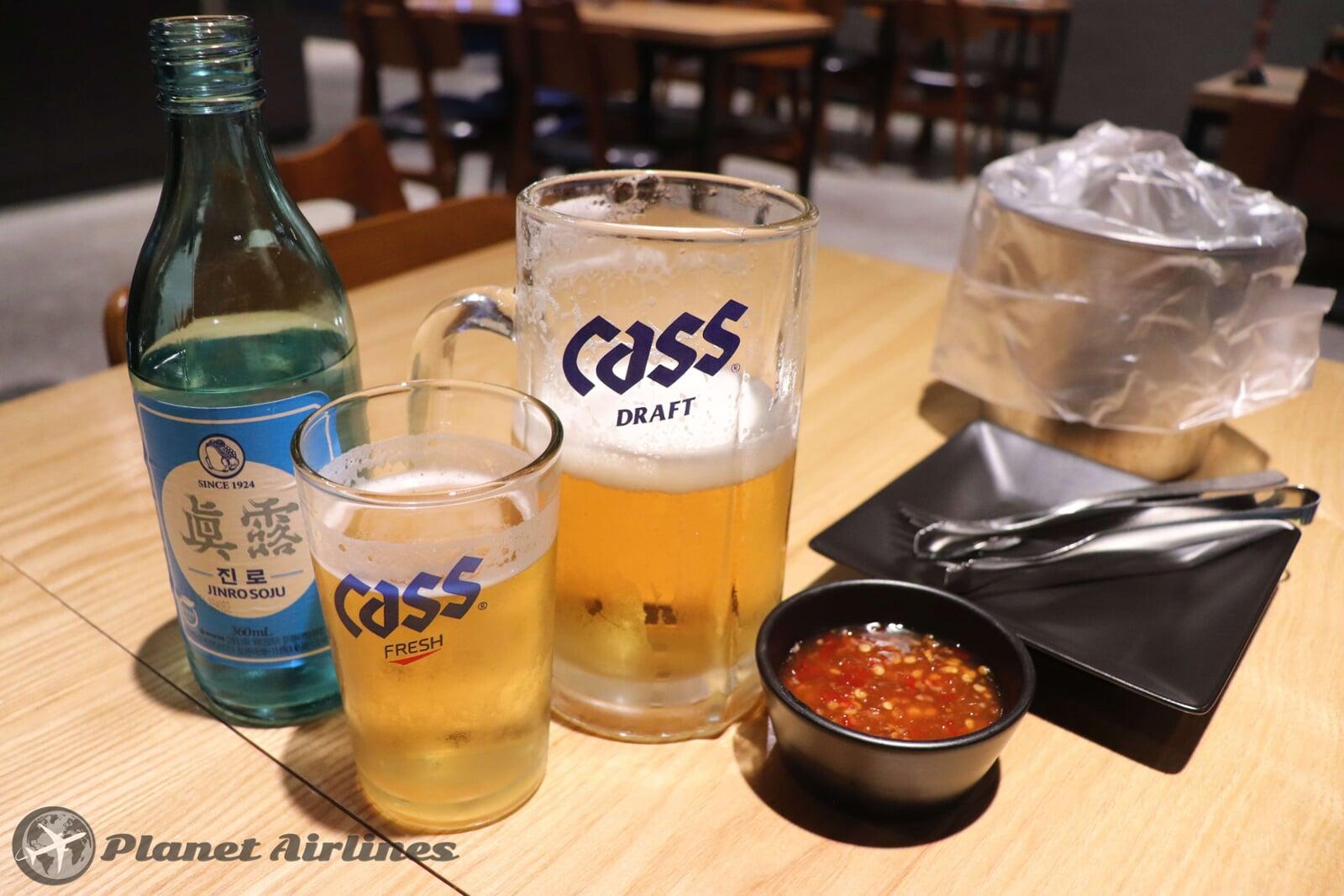
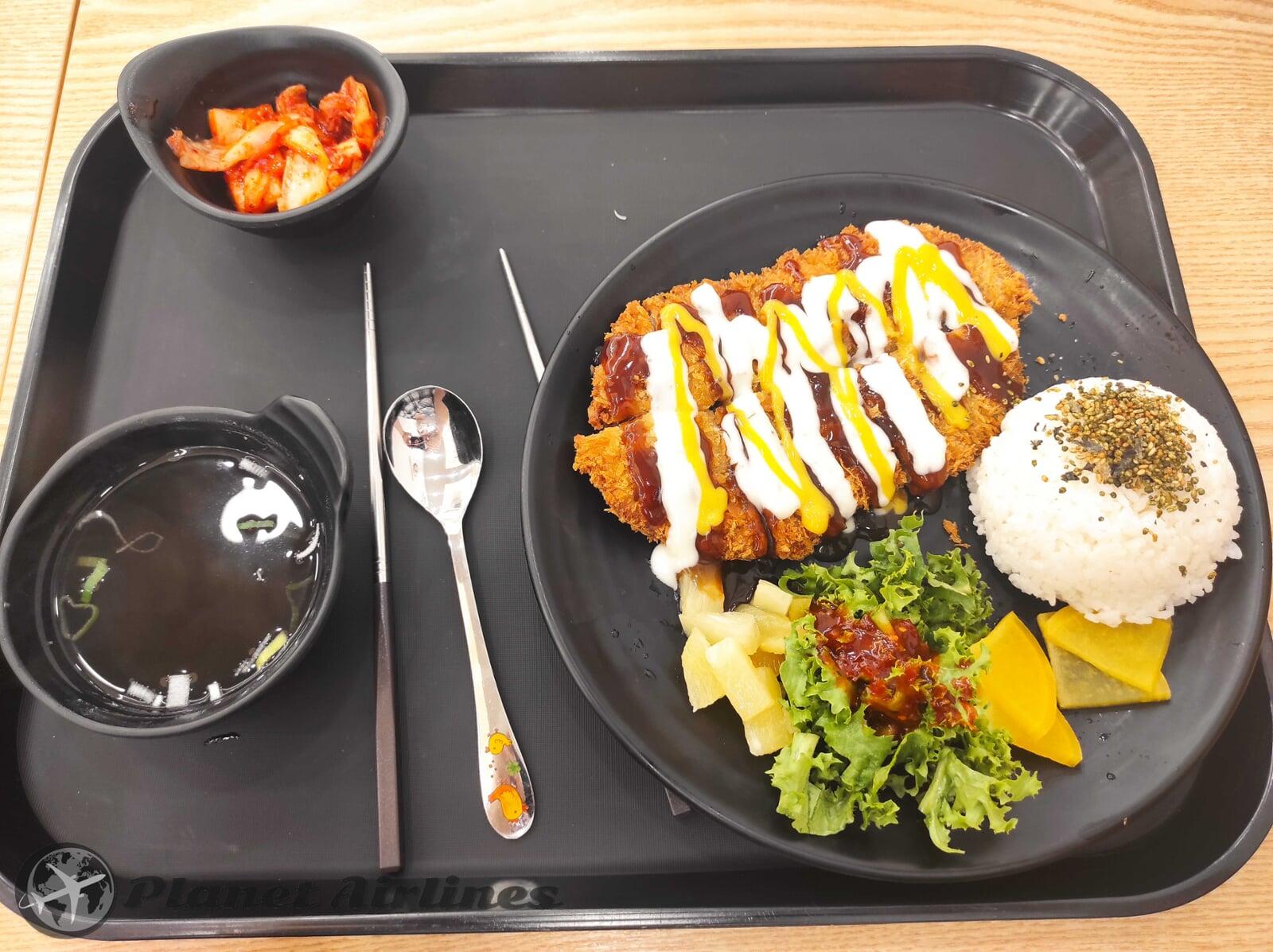
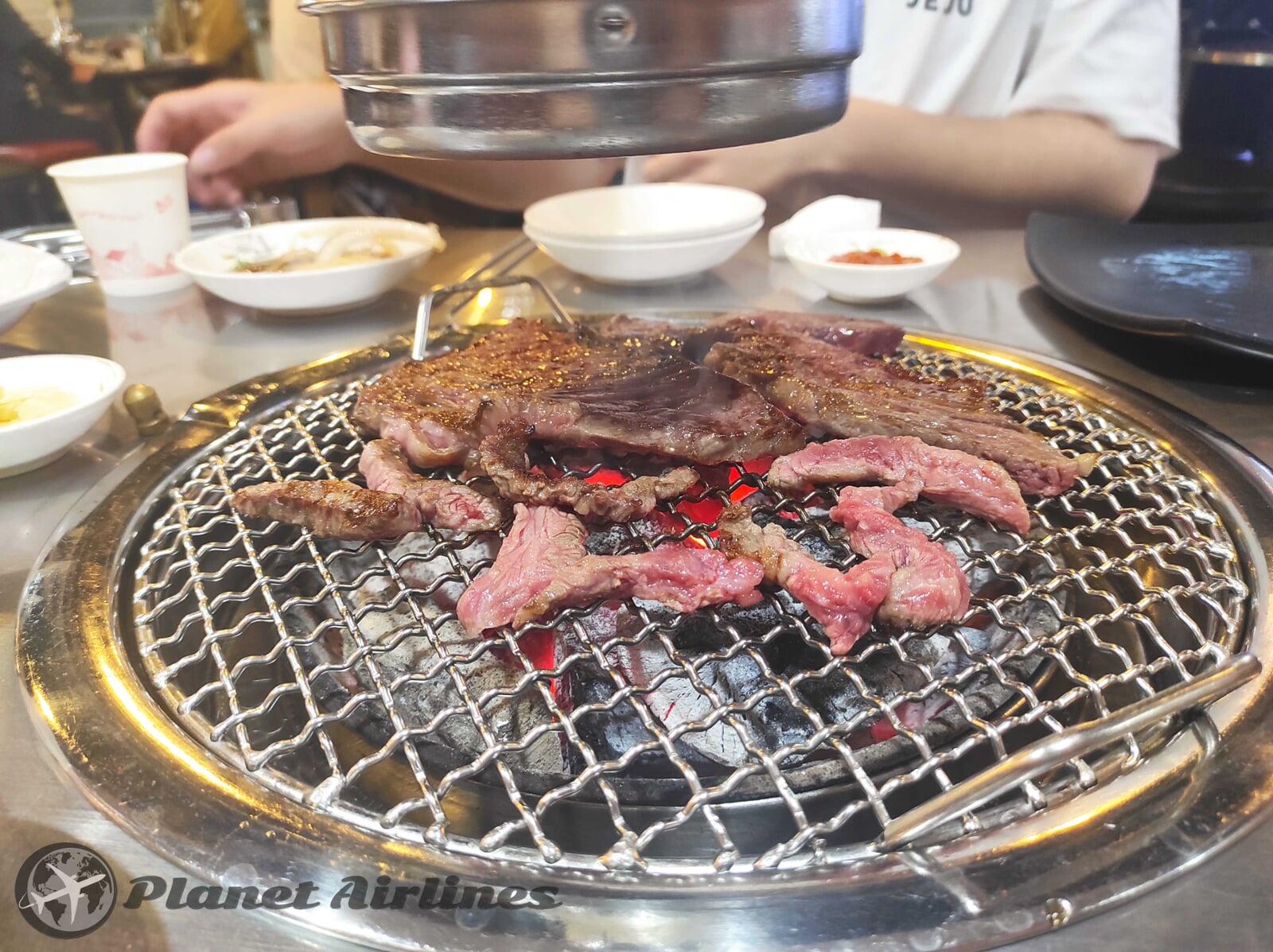
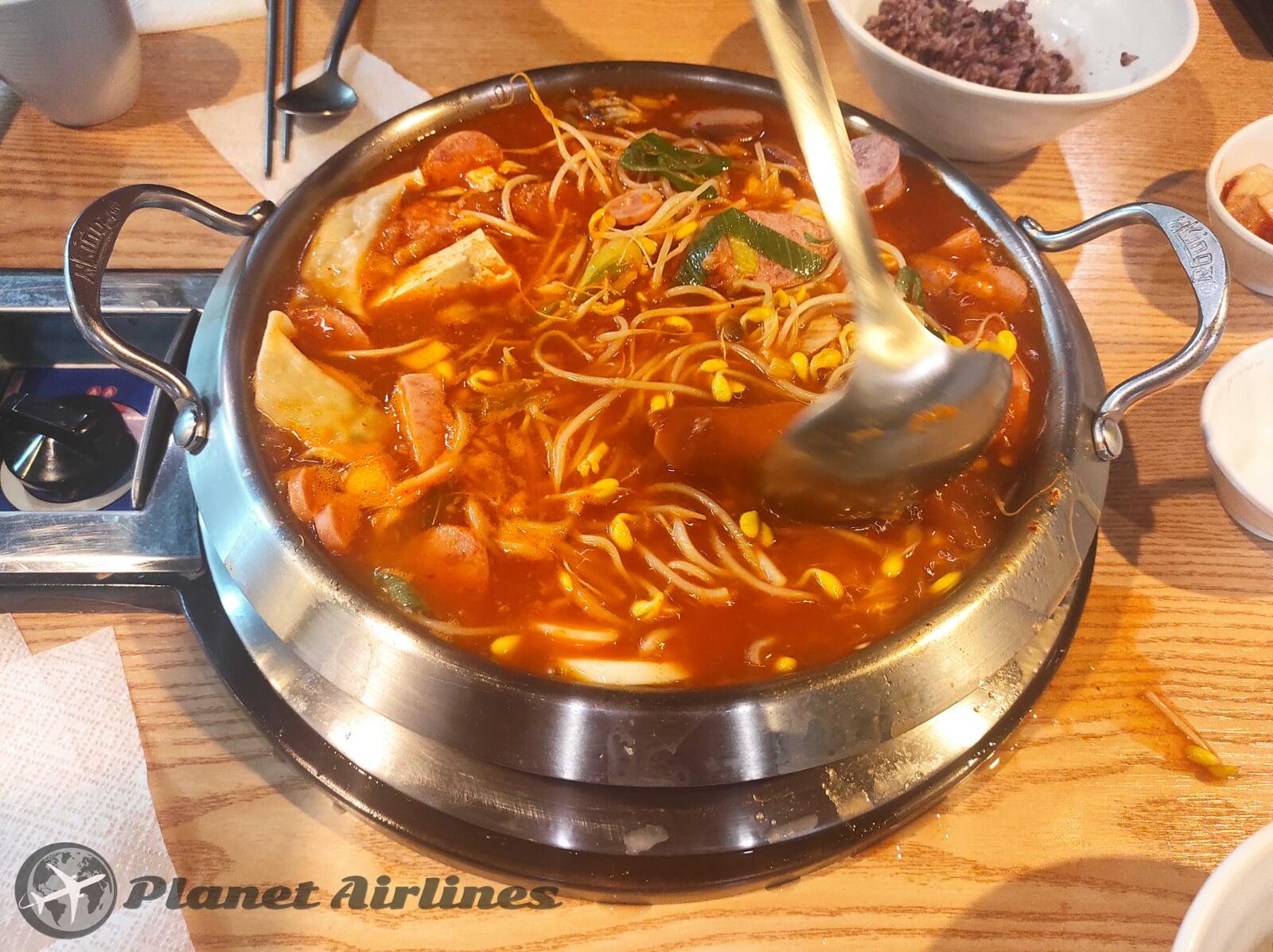
When travelling to Korea for the first time it's a country which surprised me very fondly by its well structured cities, cosmopolitan lifestyle and friendly people. It's a country which can offer everything for the visitor from city-breaks, nature and culture to beaches, shopping and culinary destinations!
South Korea offers a wide range of activities for all kind of visitors, in which the main highlights will be the food, landscape, nightlife entertainment and of course ancient culture and history which is well explained in the many museums and galleries around the country.
The big cities like Seoul or Busan take time to get to see in detail, but they offer the best insight for the first time traveller to South Korea. After it's so worth to explore the rest of the country, with a special mention to Jeju Island. This popular island offers so many activities, sights to see in combination with great ancestry culture and spectacular natural landscape, waterfalls and volcanic formations.
Coming to South Korea during the Autumn or the Spring perhaps, is the best time to catch the colour change or the green buds at the beginning and see many parks and green spaces in flower. It's also a comfortable time of year to do tourism and enjoy all that this country has to offer!
But, there are also many advantages to South Korea. It is very safe, the society is well structured, the infrastructure is modern and efficient and public transport is comfortable, reliable and very practical! Definitely a country that I would recommend to visit and explore more in detail!
(Visited 5 times)

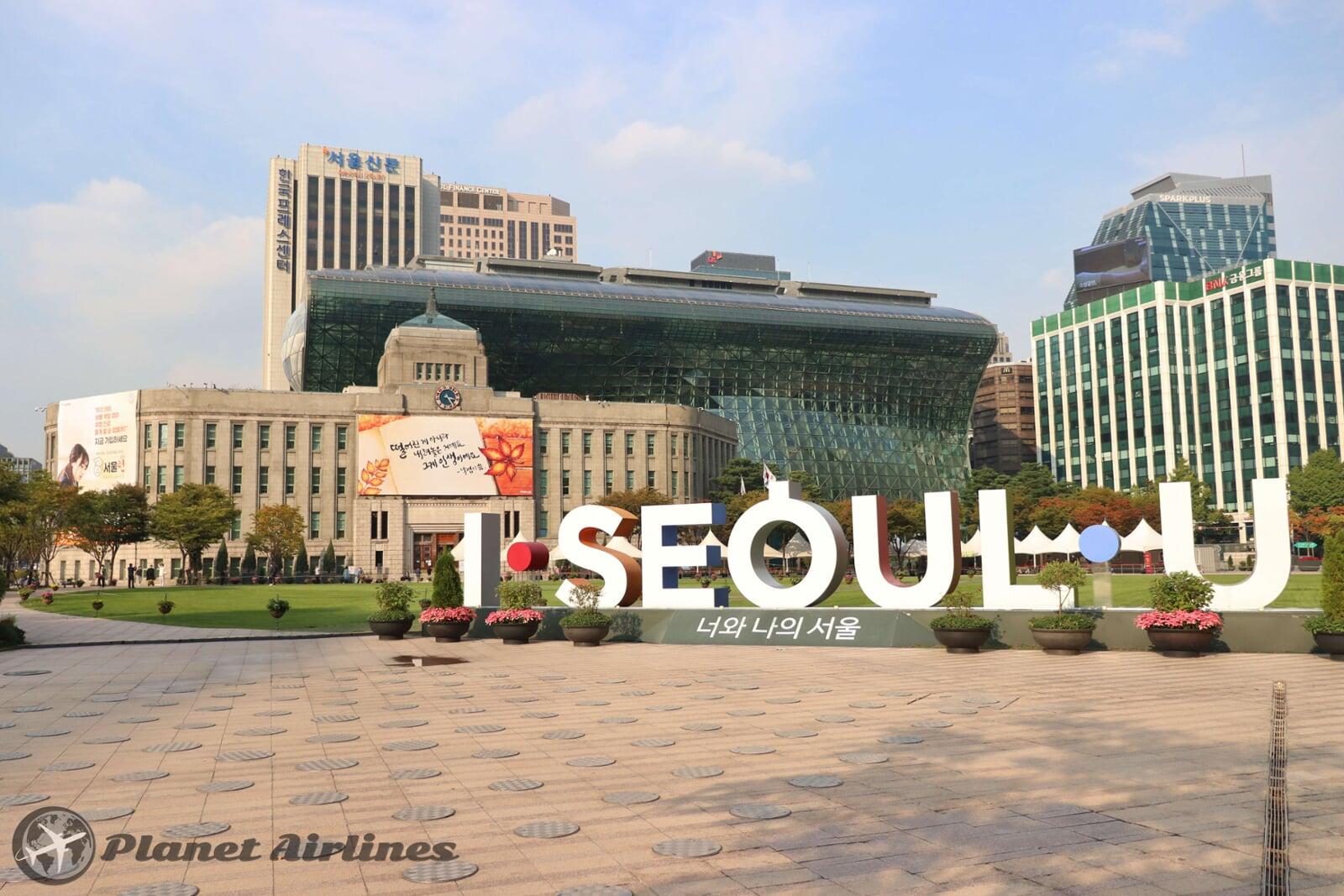




.png)